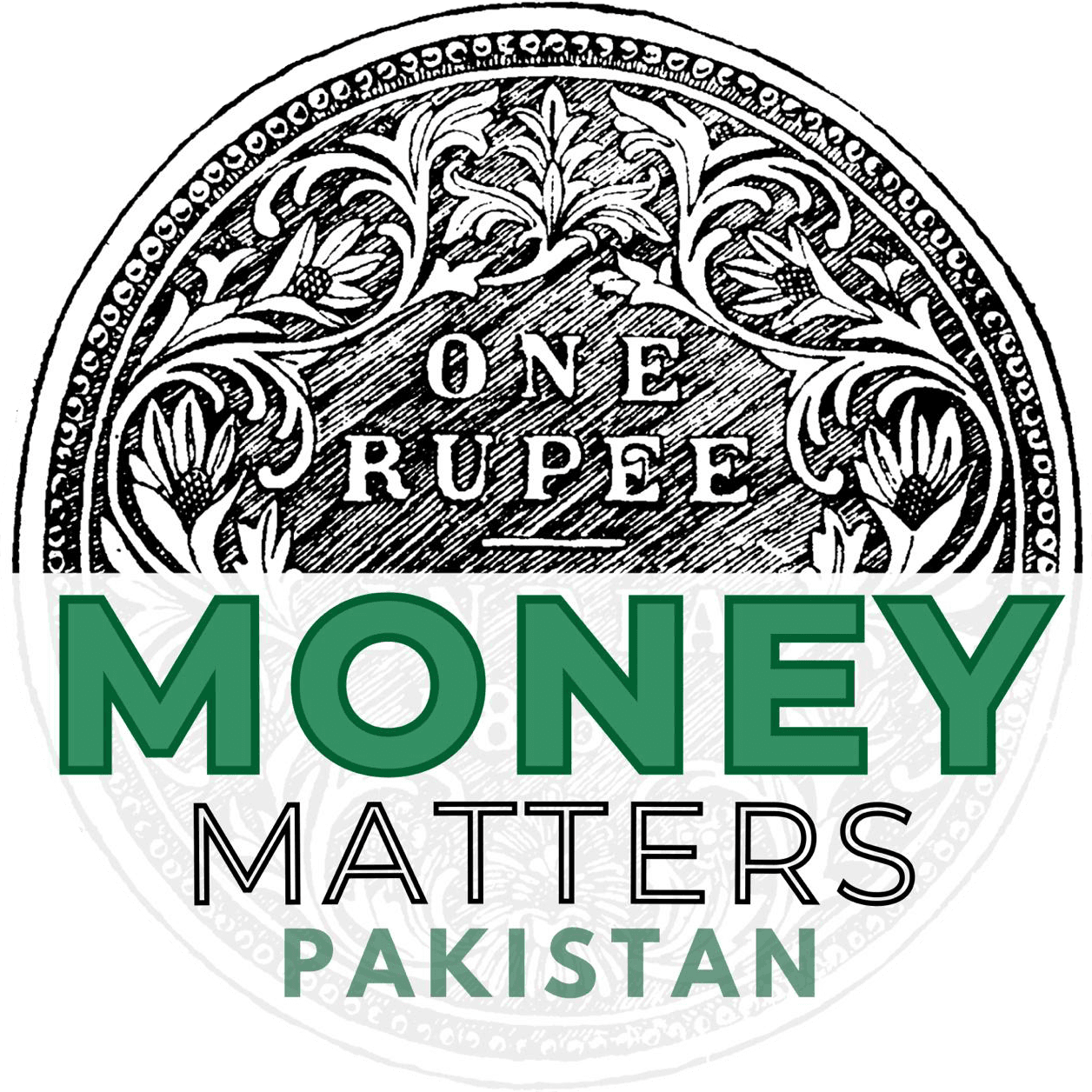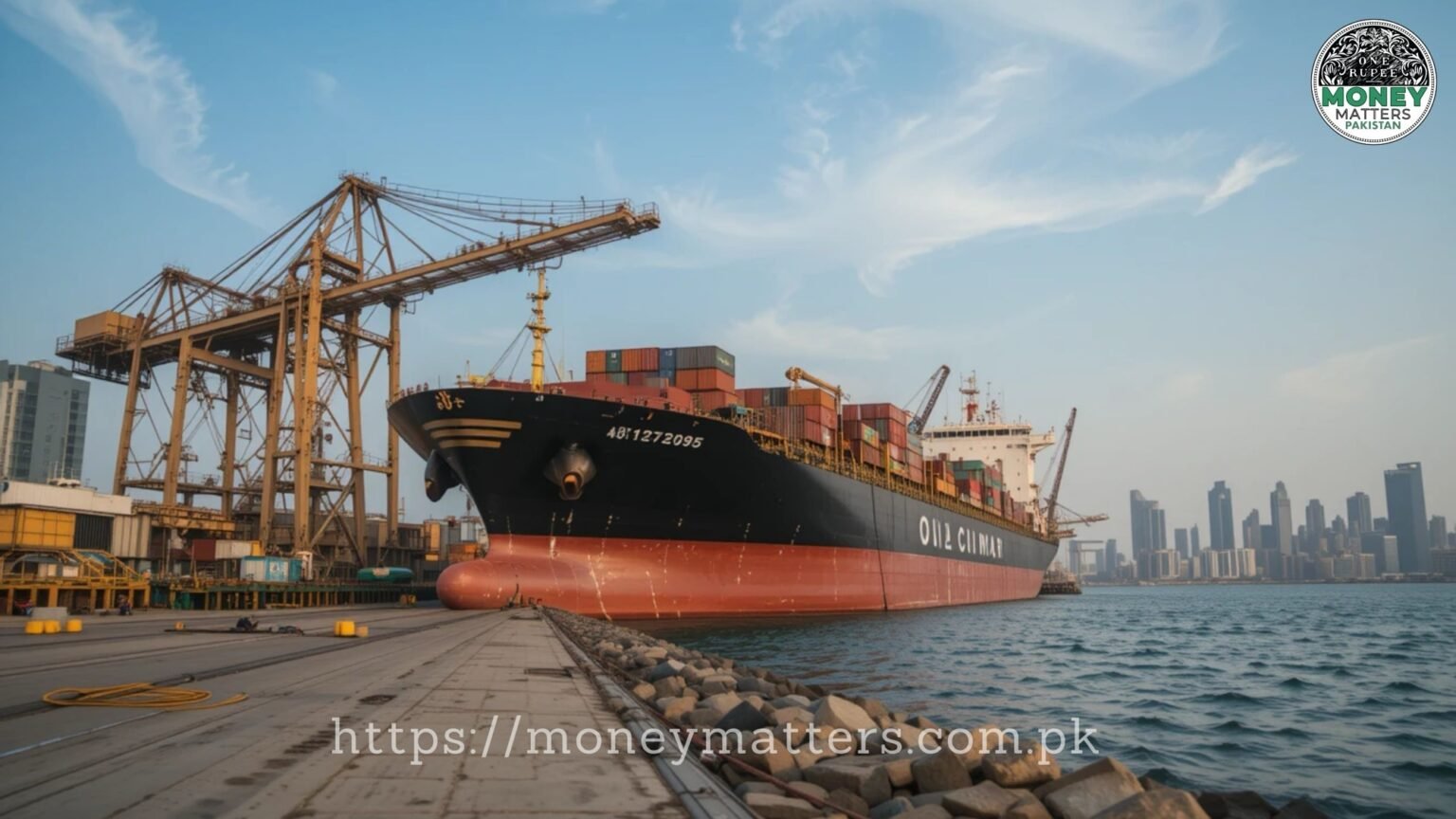Surge in Oil Imports Drives Widening Trade Imbalance Despite GCC Free Trade Agreement
Key Takeaways:
i) Pakistan’s trade deficit with the Middle East increased by 9.75% to $9.35 billion in the first eight months of fiscal year 2024-25.
ii) The primary driver of this increase is a surge in petroleum imports, with a 20.29% rise in crude oil imports compared to the previous year.
iii) Despite a recent free trade agreement with the Gulf Cooperation Council (GCC), Pakistan continues to grapple with a growing trade imbalance in the region.
Islamabad, Pakistan – April 15, 2025 – Pakistan’s trade deficit with the Middle East has significantly widened, reaching $9.35 billion in the first eight months of the current fiscal year, according to recent data. The deficit represents a 9.75% increase compared to the same period last year. The primary cause of this growing imbalance is a sharp rise in petroleum imports, overshadowing modest gains in exports to the region.
While Pakistan’s exports to the Middle East saw a marginal increase of 3.56%, the country’s imports from the region surged by 8.56%. This discrepancy highlights the challenges Pakistan faces in balancing its trade with key Middle Eastern nations. Trade dynamics varied across the region, with exports to Saudi Arabia and the United Arab Emirates (UAE) showing positive growth. However, exports to Bahrain, Kuwait, and Qatar experienced a decline, further contributing to the overall deficit.
In the first eight months of FY25, the volume of imported crude oil jumped by 20.29% compared to the previous year. This surge in oil imports has placed considerable pressure on Pakistan’s trade balance, exacerbating the existing deficit.
A significant factor contributing to the increased trade deficit is Pakistan’s rising consumption of petroleum products. In the first eight months of FY25, the volume of imported crude oil jumped by 20.29% compared to the previous year. This surge in oil imports has placed considerable pressure on Pakistan’s trade balance, exacerbating the existing deficit.
Pakistani policymakers are increasingly concerned about the widening trade gap. The recent free trade agreement signed with the Gulf Cooperation Council (GCC) states was intended to address this very issue. However, the initial data suggests that the agreement has yet to make a significant impact on reducing the trade imbalance. The government is expected to implement further measures to boost exports and curb the growth of imports, particularly in the energy sector, to alleviate the pressure on the country’s trade deficit.




